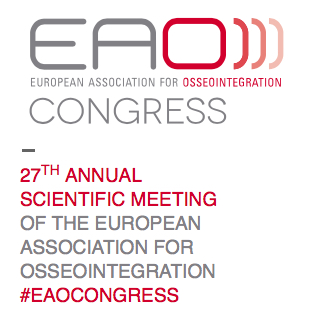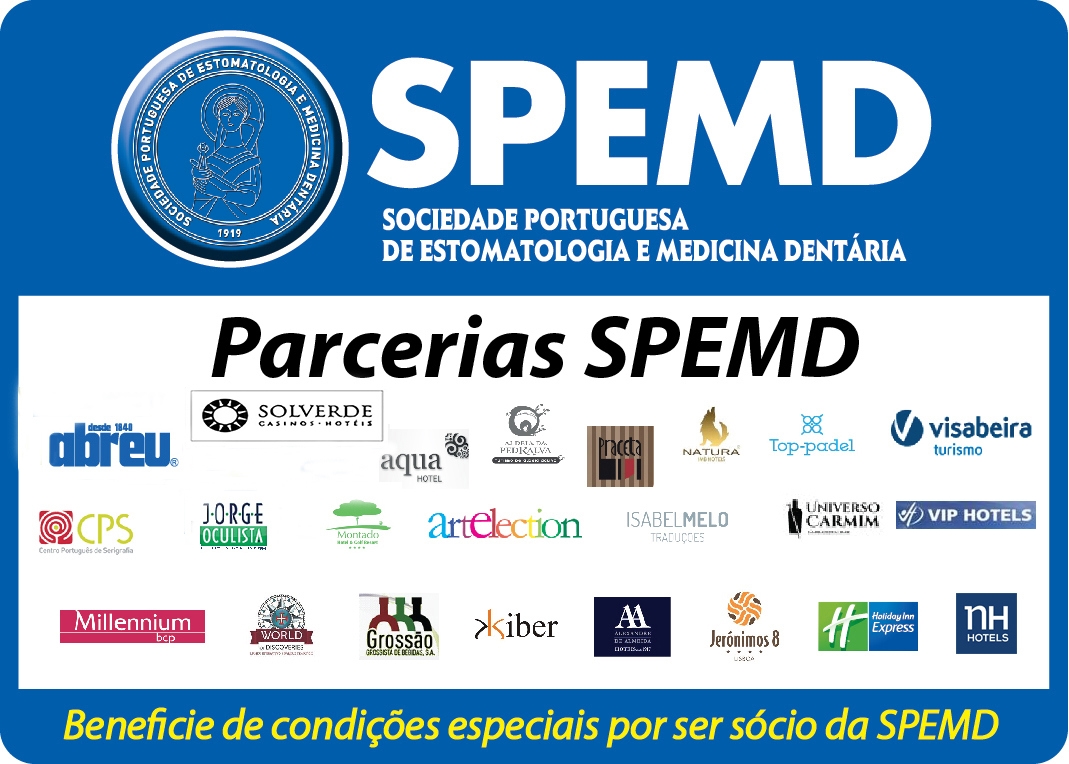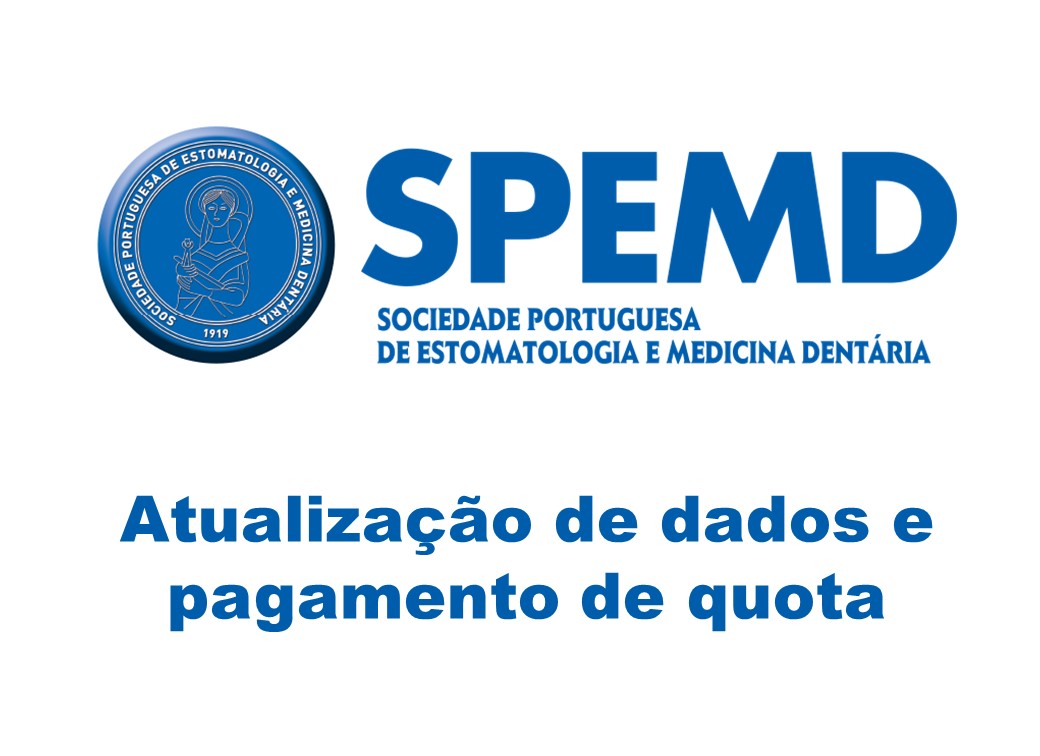
Autores: André Correia, André Rebolo, Filipe Aráujo, Tiago Marques, Manuel Neves, Pedro Rodrigues
Instituição: Instituto de Ciências da Saúde de Viseu, Universidade Católica Portuguesa
Valor da bolsa: 200.00€
Apresentação durante o evento 27th EAO Annual Scientific Meeting em Viena, Áustria | 2018-10-11
Resumo:
Background
The International Team for Implantology (ITI) developed the SAC Assessment Tool with the goal to supply specialized support to
clinicians during their decisions on oral rehabilitations with dental implants. This tool identifies the degree of complexity and potential
risk involved in each clinical case allowing the clinician to better match cases to their skills and level of experience.
Aim/Hypothesis
The aim of this research was to evaluate and validate the SAC Tool in the assessment of the surgical part of an oral rehabilitation with
dental implants.
Materials and Methods
A sample of 30 partial edentulous patients was randomly selected in a Prosthodontics Department of a University Dental Clinic.
Clinical records, study models, intra and extra-oral photos and panoramic radiographies were obtained. This sample of 30 patients presented, in total, 104 edentulous areas. All data was analysed with and without SAC Assessment Tool by an experienced Implantologist, that was considered as the “Gold-standard”. Then, the same procedure was done by 3 “Dentists” with some clinical experience (5-10 years) and an advanced education diploma in Oral Rehabilitation / Implantology. Every procedure was compared between “Gold Standard” and “Dentists”, with and without the SAC Tool. The results were analysed through a statistical agreement test Fleiss Kappa to calculate the agreement rate inter-classes (K value for agreement: 0 - poor; 0.01.0.20 – slight ; 0.21-0.40 – fair; 0.41-0.60 – moderate; 0.61-0.80 – substantial ; 0.81-1.00 – excellent).
Resultats (1000 characters maximum). The K value obtained by the “Gold-Standard” with and without SAC was 0,719 (moderate). Between “Dentists” 1, 2 and 3, the K value was 0,303 (slight). The range of K values of “Dentists” 1, 2 and 3, with and without the use of SAC Assessment Tool was 0,390-0,551 (slight/fair). When using SAC tool, the K value between “Dentists” was 0,551 (fair). Comparing the “Gold-Standard” results with
“Dentists”, without the SAC tool, the K values were located between 0,284-0,380 (slight). When using the SAC Tool, “Dentists” achieved similar results when comparing the agreement with the “Gold-Standard” (without the SAC tool) with values between 0,302-0,380 (slight). Finally, when comparing the use of the SAC Tool by both the “Gold-Standard” and “Dentists! 1, 2 and 3, the results increased to 0,505-0,629 (moderate/substantial).
Conclusions and Clinical Implications
There was an higher agreement between ‘Dentists’ and ‘Gold-Standard’ using the SAC Assessment Tool, meaning that this tool helps in the analysis of clinical surgical cases, by standardizing its evaluation. On the other hand, this system doesn’t seem to improve the results of an experienced Implantologist, since the highest value of agreement obtained was in the “Gold-Standard”.


